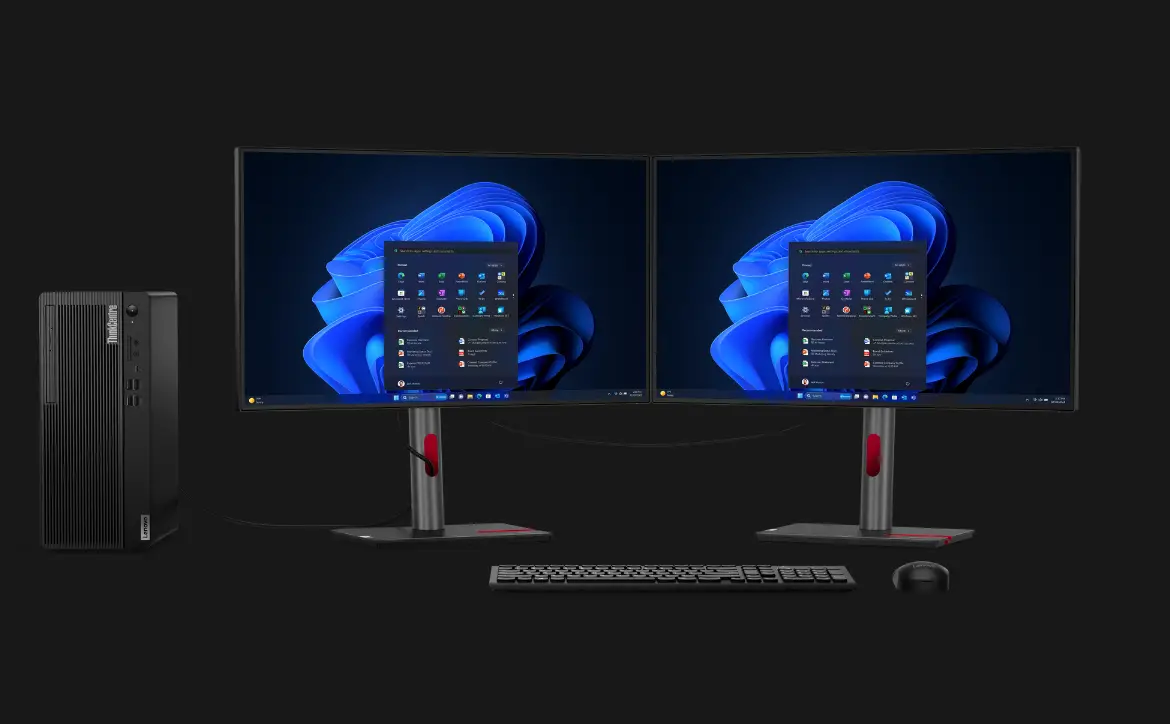Remember Wipeout? No, not that MXC-ripoff obstacle course show on ABC (or the boppin’ Surfaris song from the ’60s), but the futuristic racing series that first got its start on the original PlayStation in 1995. It was a series built on seemingly impossible speeds, narrow ships, and a lot of booster pads. While the franchise itself may be dead, with its developer having closed its doors in 2012, you can now roam around the original game’s tracks, logos and ships in fully modeled 3D right in your browser.
One Wipeout fan has taken it upon himself to reverse engineer the game and put all the assets together in a lightweight, browser-based funland. By default, the model viewer has you tied to a camera zooming around the game’s 14 courses so you can bask in the nostalgia, but there is also the option for a free-fly mode where you can zoom in and out to explore the tracks in ways you’ve never seen before. Outside of that, you can also take time to admire the game’s ships, team logos, and individual pilot logos – all fully realized in 3D to let you spin them around and get a good look at every nook and cranny.
In a blog post detailing how he went about reverse engineering Wipeout, Dominic Szablewski explains the difficulties of extracting all these assets from a 20-year-old game.
I didn’t have much experience with reverse engineering any data formats, but given the game’s age, I expected the 3D format to be quite simple and straight forward. What surprised me was the many different nuances in which scene models were stored. The track itself was stored separately with a different format, spanning multiple files.
If you’re really into the nitty gritty of how games are made (or, at least, how they were made in the mid-90s) Szablewski also goes into great detail about how the game made the most use out of its limited storage space and horsepower to create the fast-moving tracks.
As I painstakingly found out, the tracks in WipEout had Level of Detail (LOD) system, subdividing each track face in up to 4×4 quads when they’re near the camera. This was probably done to lessen the impact of the PSX’ missing perspective correction when drawing textures. These subdivided faces also used higher resolution textures.
His full blog post is well worth a read, and if you want to check out the model viewer only, it’s a treat in itself just to sit and let the track pass you by with the game’s original soundtrack playing alongside it.
Last Updated on November 27, 2018.









